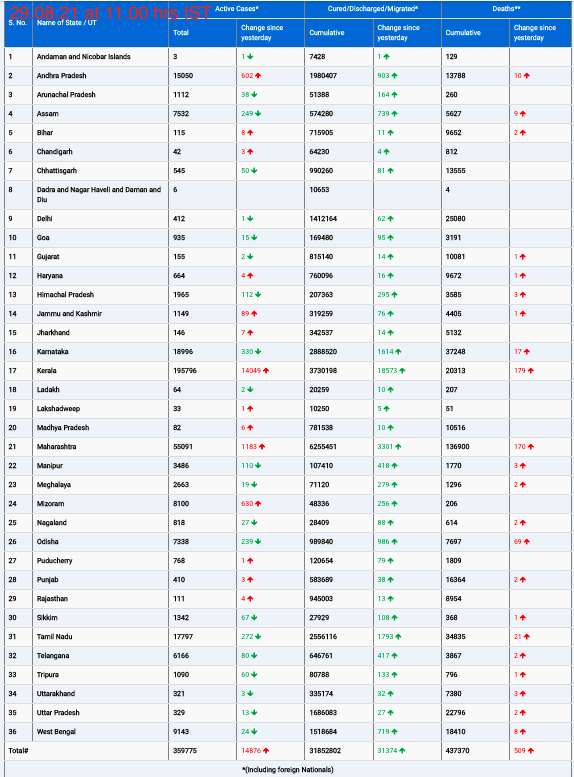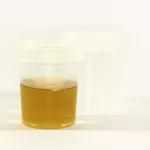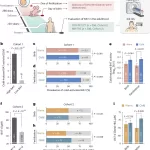March 12, 2024
A groundbreaking advancement in medical imaging technology has emerged from the labs of Pohang University of Science and Technology (POSTECH) in South Korea. A team of researchers led by Professor Chulhong Kim has developed a novel transparent ultrasonic transducer (TUT), revolutionizing the field of ultrasound-photoacoustic dual-modal imaging.
Published in Nature Communications, the research heralds a new era in medical diagnosis by seamlessly integrating molecular imaging contrast with ultrasound imaging. The resulting ultrasound-photoacoustic dual-modal imaging system allows for real-time visualization of both molecular and structural information inside the body, all without the use of ionizing radiation.
Challenges Addressed
Conventional ultrasound transducers, composed of opaque layers to maximize acoustic performance, have long hindered seamless integration into light pathways. However, the novel TUT developed by the POSTECH team overcomes this limitation by utilizing a transparent material—a silicon dioxide (SiO2)-epoxy composite. This material achieves exceptional optical transparency (>80%) while maintaining the same bandwidth as conventional opaque ultrasound transducers.
Unprecedented Performance
The integration of the novel TUT into the ultrasound-photoacoustic dual-modal imaging system has yielded remarkable results. Depth-to-resolution ratios have surpassed 500 for ultrasound imaging and 370 for photoacoustic imaging, representing a significant improvement over traditional systems. Notably, this research has shattered the conventional limit of a depth-to-resolution ratio of 200 in photoacoustic imaging, achieving an unprecedented ratio of 370.
Wide-Ranging Applications
Professor Chulhong Kim foresees a multitude of applications for this technology beyond medical imaging. From cell manipulation using light stimulation to laser surgery for tumor removal, the potential applications span diverse fields including mobile devices and robotics.
Funding and Support
The research was made possible with support from various programs, including the Mid-Career Researcher Program, the Sejong Fellowship Program, and the Governmental Medical Device R&D Program, among others.
The development of the transparent ultrasonic transducer promises to revolutionize medical imaging, offering enhanced accuracy and safety for patients while opening new avenues for research and innovation in healthcare technology.











